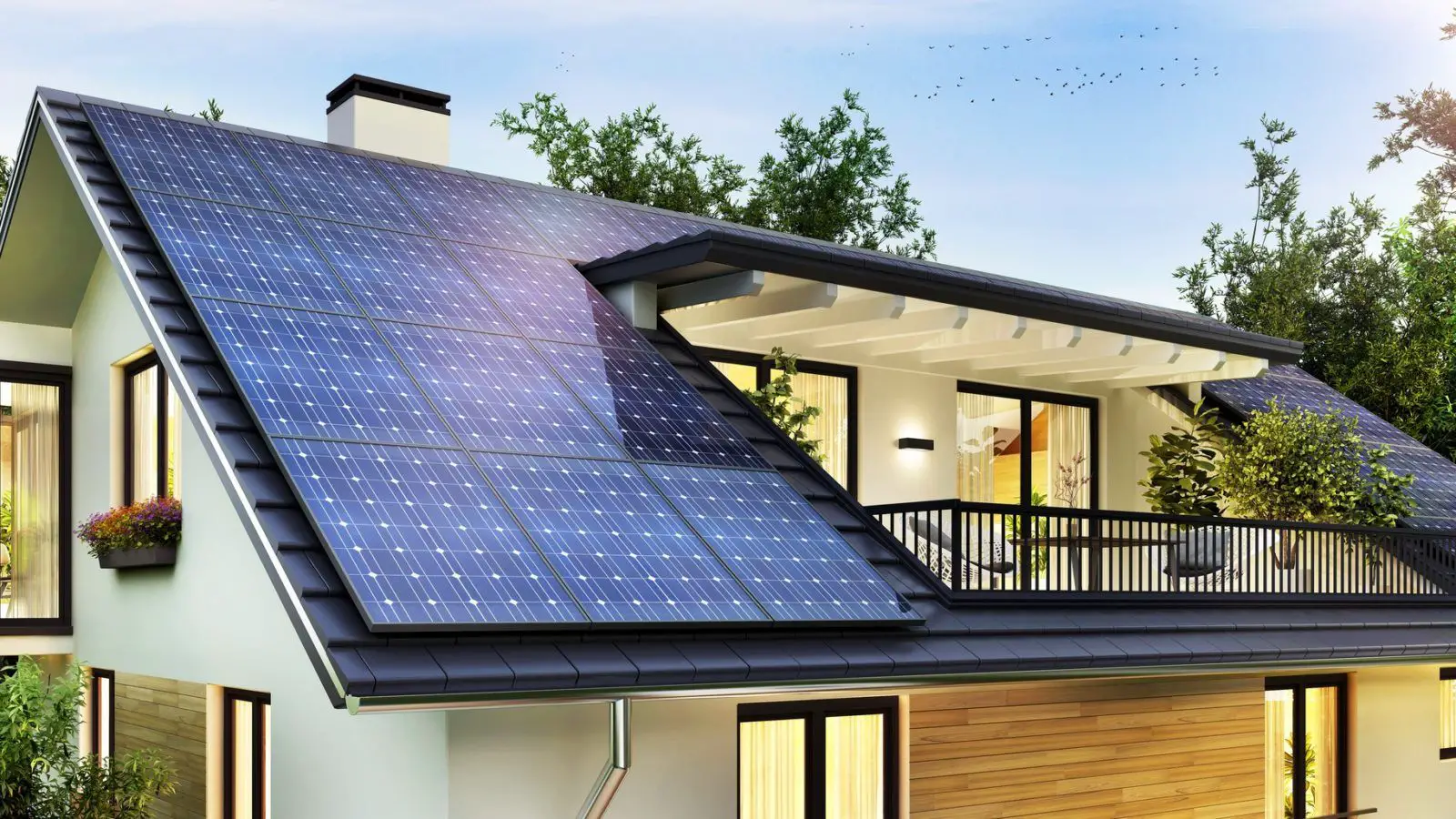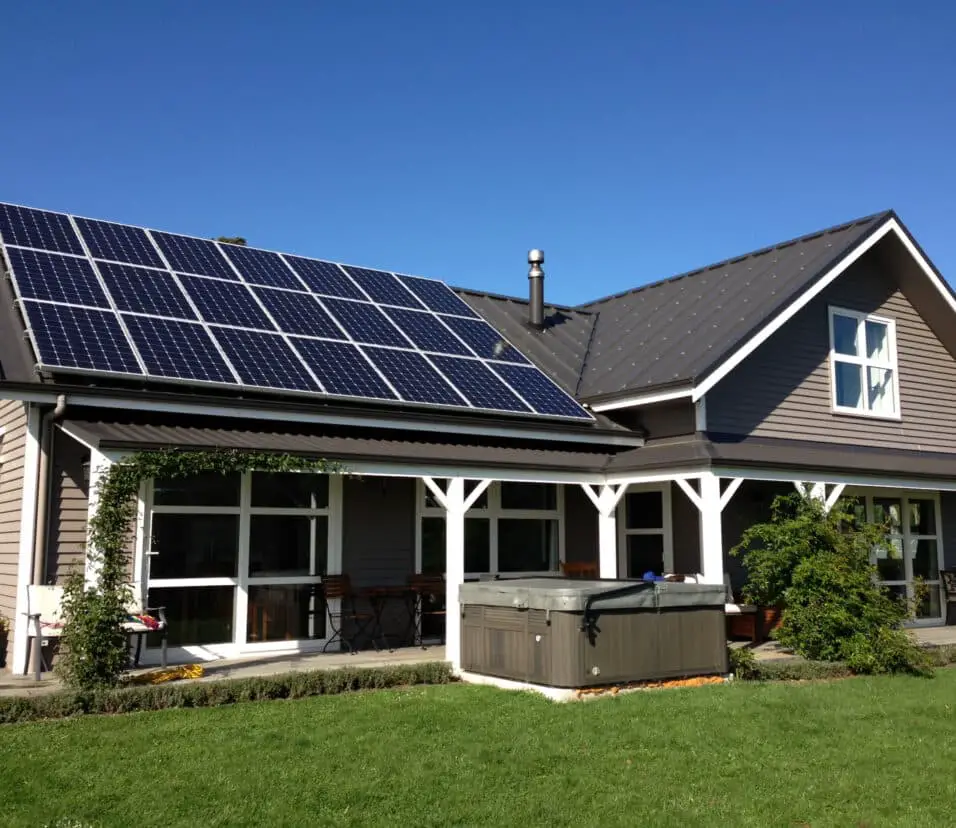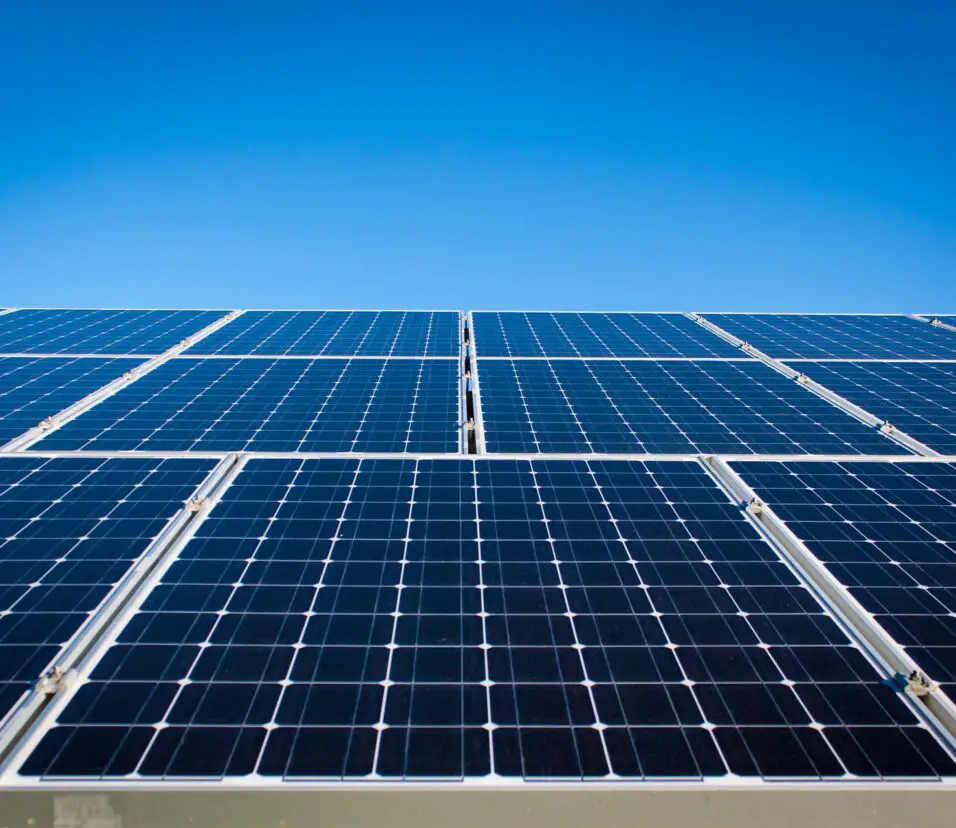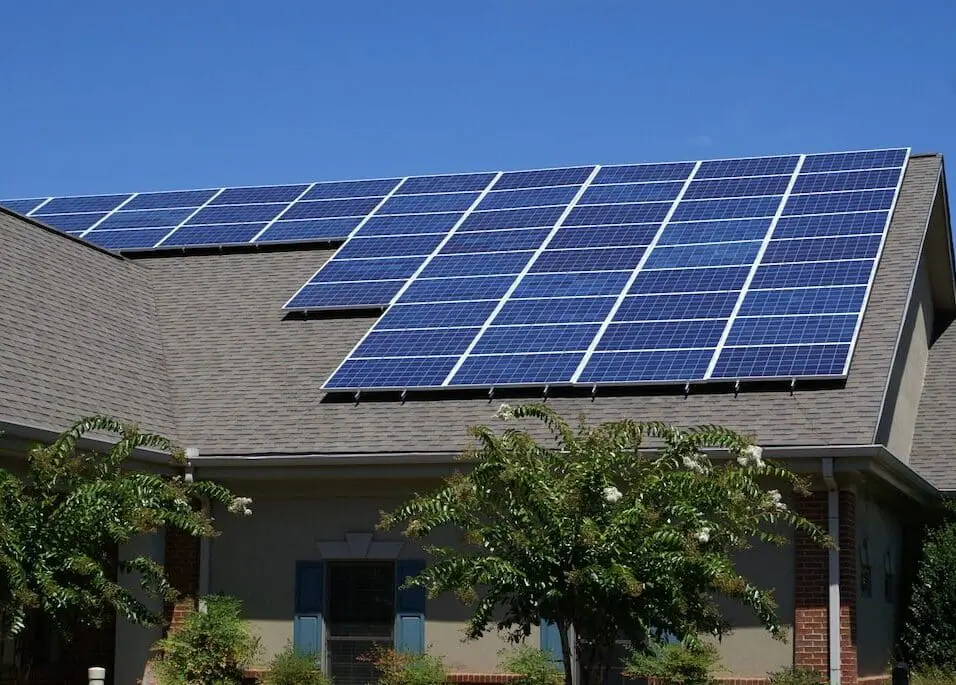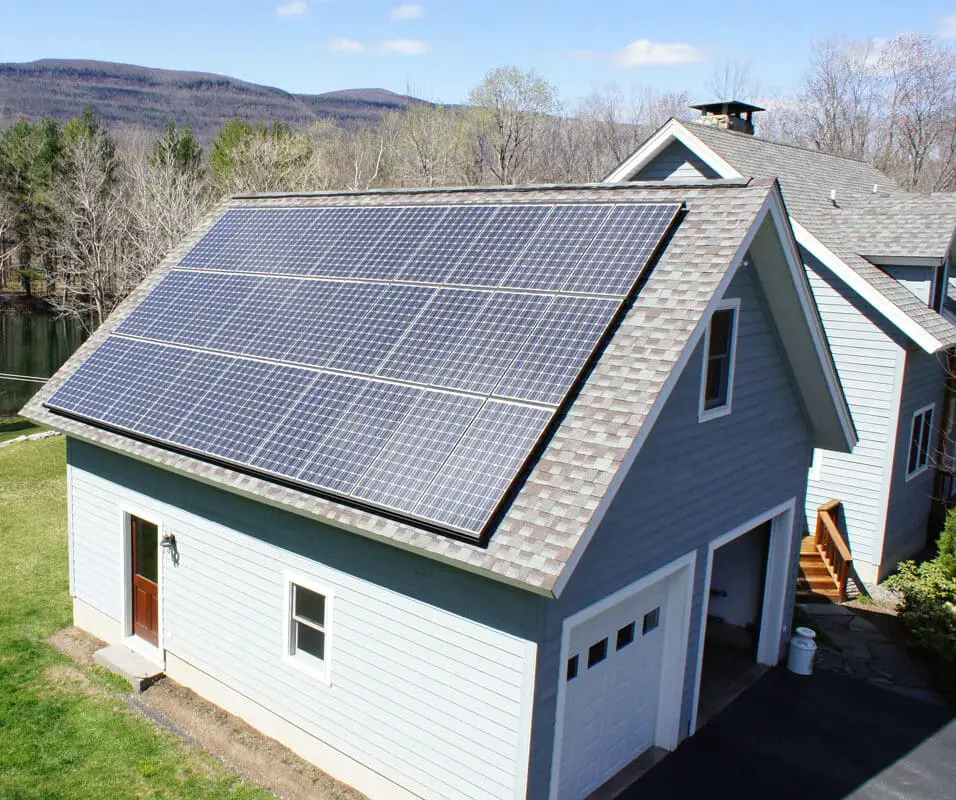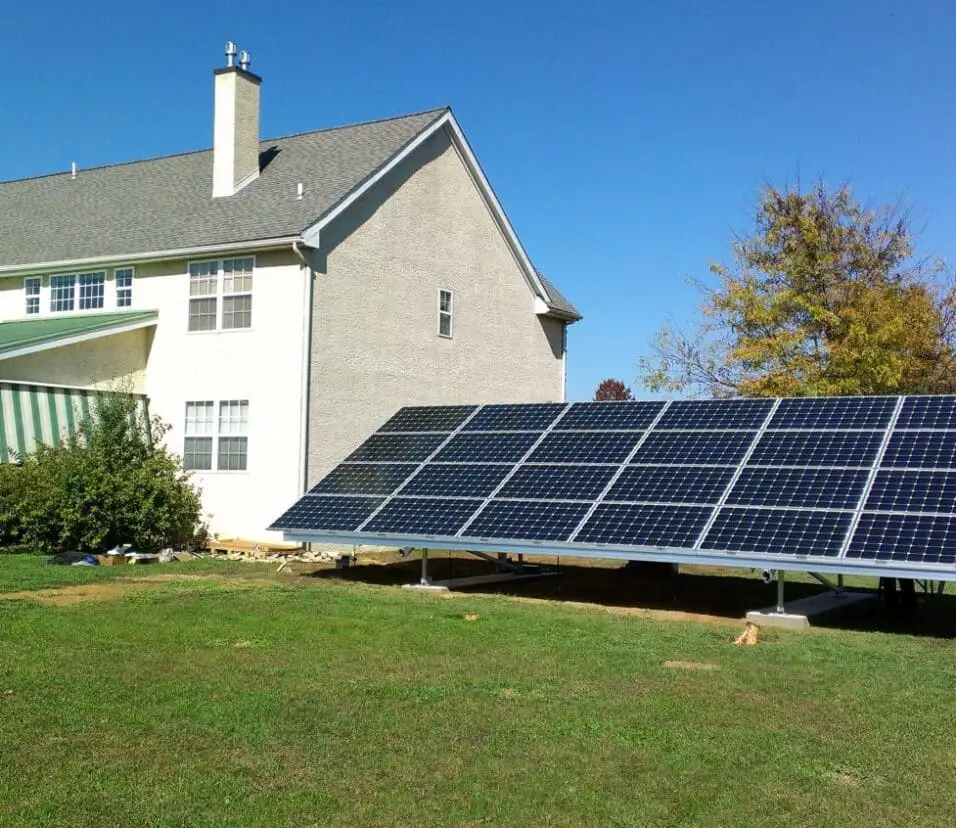How To Wire Solar Panels To House
Introduction
How To Wire Solar Panels To House: By installing solar panels on your property, you can not only contribute to a greener planet but also potentially save on your electricity bills in the long run. However, the process of wiring solar panels to your house may seem intimidating at first. Fear not! This comprehensive guide will take you step-by-step through the process, making it easier for you to harness the power of the sun and make a positive impact on your energy consumption.
Before we begin, it’s essential to understand the fundamental principles behind solar panel power, the components of a solar panel system, and the safety considerations involved. We’ll cover all of that and more, ensuring that you gain a thorough understanding of how solar panels work and how to safely integrate them into your home’s electrical system.
Safety is paramount when working with electricity, and installing solar panels is no exception. We’ll provide essential safety tips and guidelines to ensure that you and your property remain protected throughout the installation process. It’s important to follow proper safety protocols and take precautionary measures to prevent accidents and mishaps.

How are solar panels wired into the house?
Take the battery (or inverter) cables and connect them to each circuit breaker. You’ll connect solar power to each home electrical zone by connecting cables to circuit breakers.
Solar panel operation must be understood before wiring. Photovoltaic (PV) cells in solar panels generate DC electricity. When sunlight hits PV cells, electrons are liberated, creating electricity.
Solar panels provide DC electricity that must be converted to AC to work with your home’s electrical system.
Working with electricity is dangerous, thus installation safety is paramount. To avoid electric shocks, turn off the main electrical connection before starting. Use safety clothing and tools, and ask an electrician for advice if needed.
Start by putting the solar panels on the roof or ground to maximize daily sunlight. A secure mounting system should meet local construction requirements. Racks with wiring channels manage and protect wiring.
Multiple solar panels can be connected in series or parallel, depending on your system’s voltage. Parallel connections boost current, while series connections boost voltage.
What is the best way to wire solar panels?
Wiring in parallel lets you add solar panels without exceeding your inverter’s voltage. You can meet inverter amperage limits by wiring solar panels in parallel. This wiring design uses series and parallel connections to achieve the desired voltage and current. Sub-arrays of solar panels are linked in series and parallel to the inverter.
This design is most frequent in larger solar panel systems because to its versatility and efficiency. Alternatives to string inverters include micro-inverters and power optimizers. Each solar panel has these components to convert DC to AC. Power optimizers or micro-inverters optimize panel performance, allowing for more panel positioning options and simplifying wiring.
Your needs, budget, and system size determine the optimal solar panel wiring method. Consider shading, panel requirements, and inverter compatibility when choosing series, parallel, series-parallel, or micro-inverters.
Do solar panels require special wire?
Solar Cable
The two common conductor materials used in residential and commercial solar installations are copper and aluminium. Generally, solar cables are required to have resistance against UV light, extreme temperatures, and weather conditions.
The wire gauge refers to the thickness or diameter of the wire. The wire gauge selected for the solar panels depends on the system’s current-carrying capacity and the distance between the solar panels and the inverter or charge controller. Proper wire gauge selection is essential to minimize power losses due to resistance. Using wires that are too thin can lead to voltage drops and reduced system efficiency.
Solar panels generate direct current (DC) electricity, and the voltage output depends on the number and configuration of the panels. It’s essential to use wires with a voltage rating that exceeds the maximum voltage of the solar panels. This ensures that the wires can handle the generated voltage safely.
Solar panels are installed outdoors and exposed to various weather conditions. The wires used in solar installations should be designed to withstand temperature fluctuations, UV radiation, and other environmental factors. High-quality solar cables come with specialized insulation and sheathing materials that protect the wires from damage and ensure longevity.
What size wire do you use for solar panels?
Commercial solar PV panels over 50 watts use 10 AWG connections. This lets one panel handle 30 amps. Safely transferring electricity from parallel panels to a charge controller or GTI requires a three- to eight-AWG “combiner” wire set.
Wire current capacity depends on gauge. A larger wire gauge can handle more current without overheating. Wattage and sun conditions determine solar panel current. Total system panel currents must be carried by wires.
Voltage output depends on solar panel amount and configuration. Parallel connections increase current, series connections voltage. Wire thickness increases with system voltage to reduce resistance power losses.
The length between the solar panels and the inverter or charge controller determines the wire size. Long cable runs increase resistance, lowering voltage and energy. Installation site temperature affects wire performance. High-temperature environments may necessitate thicker wire gauges for higher currents.
NEC sets solar panel wire sizes. These guidelines are based on the wire’s maximum current capacity and voltage drop over length. See the NEC or employ a solar contractor or electrician to meet local electrical requirements.

What wiring is used in solar system?
PV, USE-2, and THHN wires are the main solar power supply cables. Three wires with different structures are suitable for different uses.
PV wire—solar cables—are frequently utilized in solar systems. Solar panel-generated DC is its purpose.
PV wire is waterproof and features UV and temperature-resistant insulation. Flexibility simplifies installation and connection of solar panels, charge controllers, and inverters.
Solar array panels are connected by tray cable or DC wire. It’s outdoor-safe and protected by conduit or raceways. DC cable, like PV wire, is for external solar installations.
Wires connect solar inverters to the power grid or main electrical panel. Off-grid solar and hybrid systems with battery storage use battery cables to connect batteries to the charge controller and inverter. The battery bank’s capacity and system voltage determine the cable size for DC current from the batteries.
Can I connect solar panels directly to inverter?
Yes, solar panels can be directly connected to the inverter instead of the charge controller. A proper and good quality solar power inverter is an essential part of your photovoltaic arrays. It’s an important bridge of solar panel connection to the battery and to the grid.
Matching Voltage and Power Rating
Solar panels have specific voltage and power ratings. To ensure optimal energy conversion, the inverter must match the voltage and power requirements of the solar panel system. Connecting solar panels directly to an inverter without considering voltage and power compatibility can result in inefficient energy conversion, leading to reduced system performance and potential damage to the inverter.
Maximum Power Point Tracking (MPPT)
Many modern inverters include Maximum Power Point Tracking (MPPT) technology. MPPT optimizes the output of the solar panels by adjusting the voltage and current to find the maximum power point for energy production. When connected directly to an inverter, the lack of MPPT functionality can result in lower energy yields, especially in variable weather conditions or shading scenarios.
Safety Concerns
Safety is paramount in solar panel systems. By not using an inverter, there is no mechanism to shut down the system or disconnect it from the grid in the event of a fault or emergency. Inverters come equipped with safety features like ground fault protection and automatic shut-off, ensuring the system operates safely and complies with electrical codes.
Can I use copper wire for solar?
Copper is an excellent conductor of electricity, second only to silver. Its low resistance allows for efficient transmission of electrical current, minimizing energy losses along the wiring. When solar panels generate direct current (DC) electricity, using copper wire ensures that the maximum amount of energy reaches the inverter and, ultimately, powers your home or feeds back into the grid.
Durability and Longevity
Copper is weatherproof and excellent for outdoor solar panel installations. Insulation and sheathing protect copper wires from UV radiation, temperature changes, moisture, and physical damage. Copper wires in solar systems should last long, especially in severe situations.
Corrosion Resistance
One of the main concerns in outdoor installations is the potential for corrosion of the wiring due to exposure to moisture and other elements. Copper exhibits excellent corrosion resistance, ensuring the wire’s integrity and preventing performance degradation over time. This property is particularly beneficial in regions with high humidity or near coastal areas where the risk of corrosion is greater.
Flexibility and Ease of Installation
Copper wires are highly flexible, allowing for easy installation and connection of solar panels, inverters, and other system components. The flexibility of copper wires simplifies the installation process, especially in rooftop or ground-mounted solar systems, where the wires need to follow various routes and bends.
Which is better inverter or solar panels?
An inverter ensures the power you generate is compatible with the grid by switching it to alternating current. Inverters today do a lot more, though. They’re the bit of equipment that monitors and reports power generation and usage.
Solar panels, also known as photovoltaic (PV) panels, are the heart of any solar power system. They are responsible for converting sunlight into direct current (DC) electricity through the photovoltaic effect. The semiconductors within the solar cells absorb photons from sunlight, releasing electrons and generating a flow of electricity.
Rather than comparing solar panels and inverters as standalone entities, it’s essential to view them as complementary components of a solar power system. Solar panels generate DC electricity, while inverters convert that DC electricity into usable AC electricity for consumption or grid connection.
To maximize the benefits of solar energy, a well-designed solar power system should consist of high-quality solar panels that match the energy needs of the property and an appropriately sized and efficient inverter.
The optimal combination of solar panels and inverters will depend on factors such as energy consumption, system size, location, budget, and local regulations.
Solar panels generate renewable electricity from sunlight, while inverters convert that DC electricity into usable AC electricity. Instead of comparing them as standalone options, understanding their roles in the solar power system is crucial.
A well-integrated solar power system that includes high-quality solar panels and a compatible inverter will provide a sustainable and efficient energy solution, offering significant environmental and economic benefits.
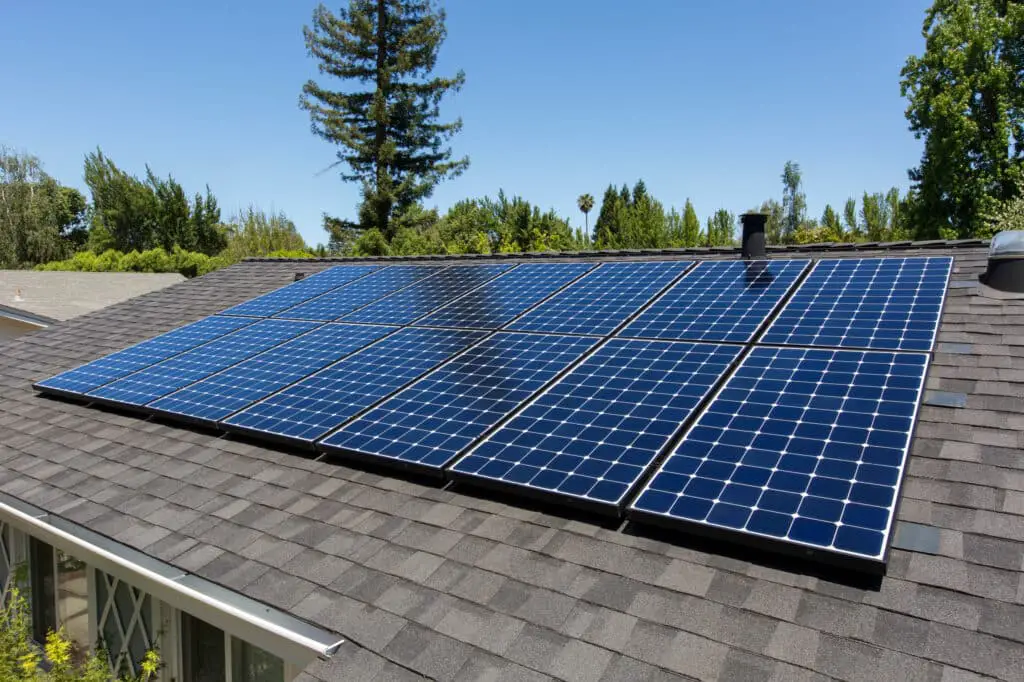
Conclusion
By harnessing the sun’s abundant and renewable energy, you are taking a significant step towards a greener and more sustainable lifestyle. Not only will you contribute to reducing carbon emissions and combatting climate change, but you may also enjoy the benefits of potentially lower electricity bills and increased energy independence.
Throughout this guide, we’ve covered the fundamental principles of solar energy, the components of a solar panel system, and the crucial safety considerations to keep in mind during the installation process. Our step-by-step instructions have aimed to simplify the wire solar, making it accessible to DIY enthusiasts and those new to solar technology. Embrace the opportunity to reduce your reliance on traditional energy sources and contribute to the global effort in mitigating the effects of climate change.
Remember, safety is paramount when working with electricity, so always adhere to proper safety precautions and seek professional assistance if needed. Understanding the components and how they interact will help you troubleshoot any issues that may arise and maintain your solar panel system efficiently. As you wire your solar panels to your house, take pride in your commitment to a more sustainable future.



